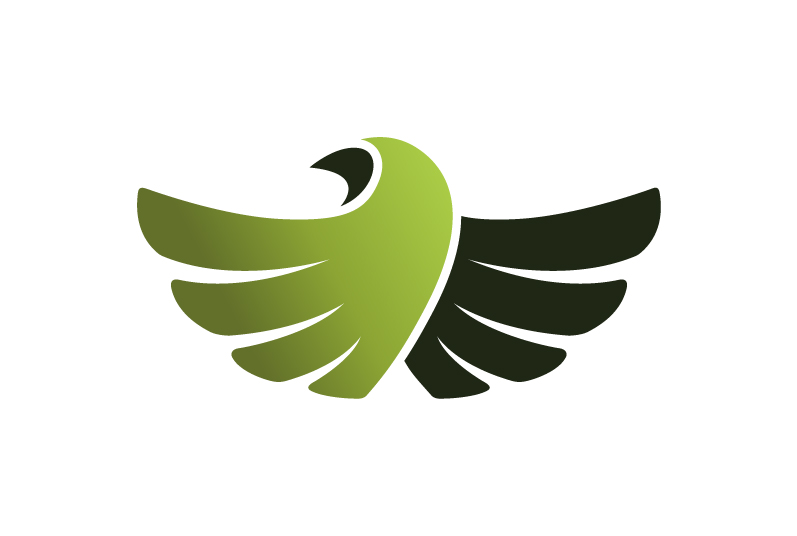Trigger Points
Following on from my previous post about the fascia, I wanted to talk about trigger points this month.
Definition
Trigger point is another name for a knot or adhesion. It is a sensitive area in the muscle or connective tissue (fascia) that becomes painful when compressed.
Causes
Trigger points may be caused by several factors:
- overuse (e.g. poor posture and the repetitive movements in many sports or activities)
- injury, either from an accident or over loading
- stress, anxiety & depression (which prevent muscles relaxing properly)
- skeletal abnormalities, which can put parts of the body under strain.
This excess stress to soft tissue or repetitive use results in damage at the microscopic level (micro trauma): bleeding, inflammation, secondary muscle tension, pain and scarring. It is this micro-trauma that causes the soreness after hard exercise and top athletes use ice baths to combat it by reducing the micro-bleeding and inflammation.
Effect
A trigger point may develop into scar tissue over time if not treated effectively, so they can be acute (recent) or chronic (longstanding). An acute trigger point may be released within a few seconds or treatments, but it may take weeks of work to disperse a chronic one.
Trigger points can cause muscle to go into spasm, causing pain either in that part of the body or elsewhere (known as referred pain). This is because the fascia forms a web around the whole body. For example, a trigger point in the upper trapezius muscle in the shoulder can cause pain around the same side of the head and a trigger point in the scalenes in the neck or the pectoralis minor in the upper chest can cause pain down the arm.
Trigger points tend to occur in same places on body, and 72% of trigger points are in the same location as acupressure points.
Treatment
Massage is the most effective treatment for trigger points. To release a trigger point requires sustained pressure using the thumbs, fingers, elbows or a foam roller (see below). The pressure can be static or involve small movements.
Myofascial release is also used to treat trigger points. See my previous post about this.
Foam rollering is a form of self massage. It is an effective way to prevent and treat trigger points. It involves massaging a particular muscle group and sustaining the pressure on any area of tenderness for 20 to 30 seconds to release the trigger point. It is important to stretch the muscle after trigger point work. To get an idea of what foam rollering entails, have a look at this You Tube clip.
If you think that you might benefit from trigger point work, do get in touch to discuss it further or to book a massage.

